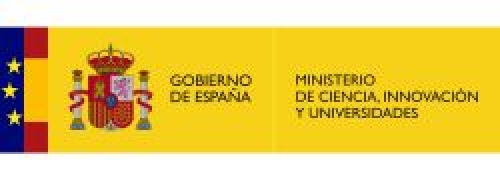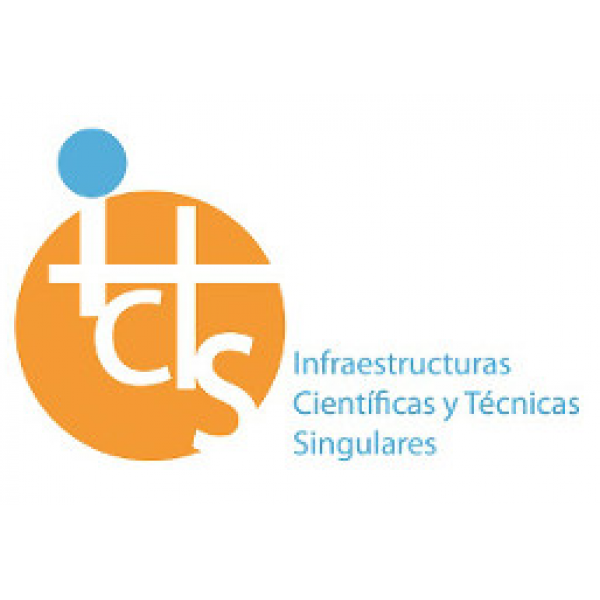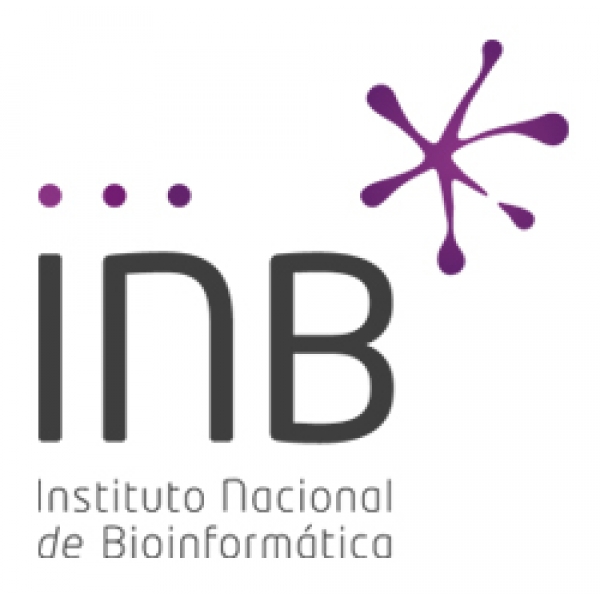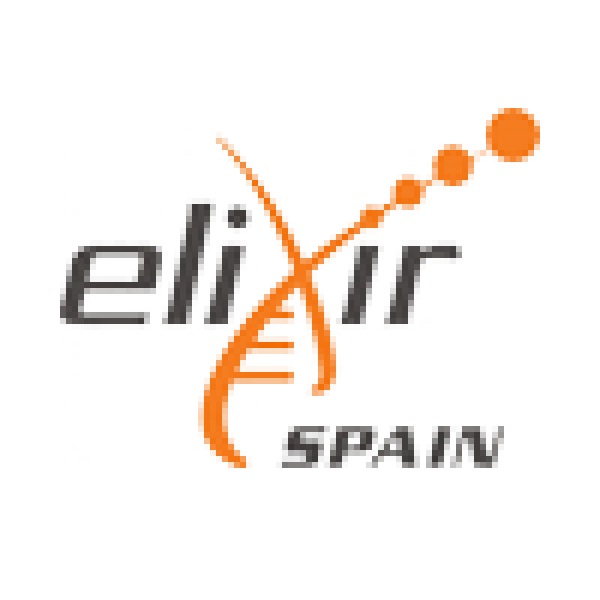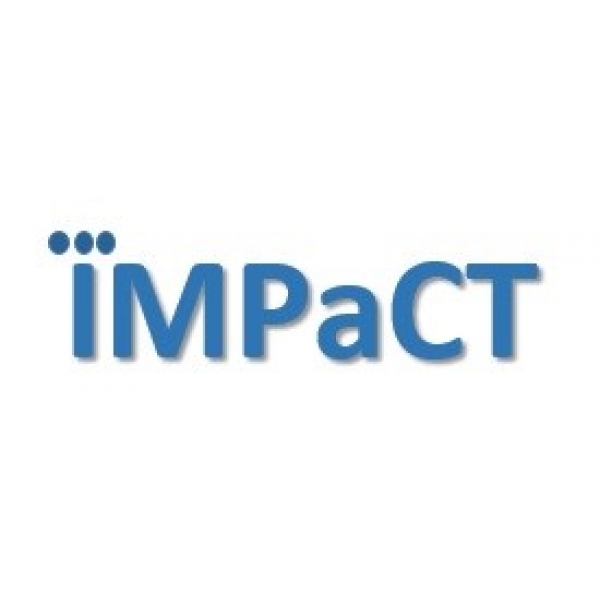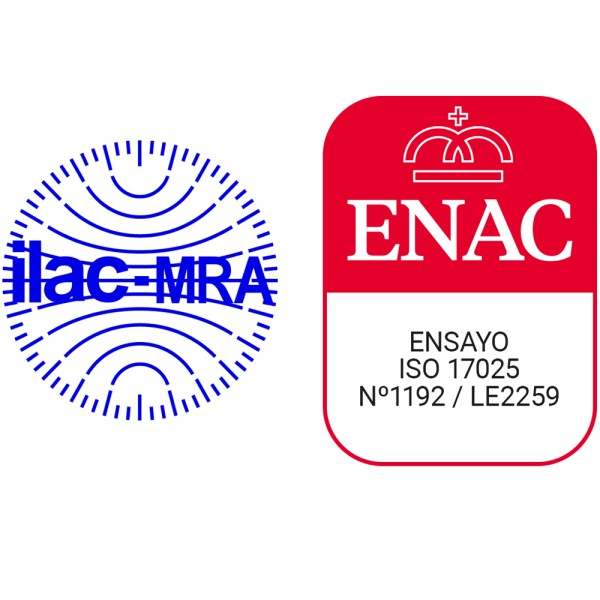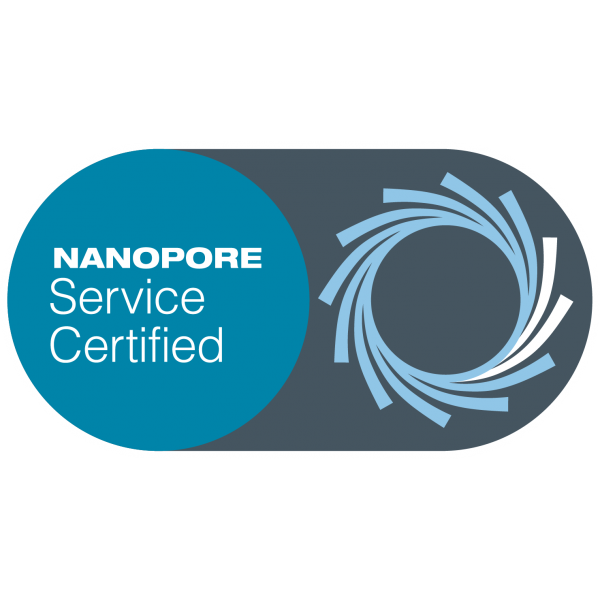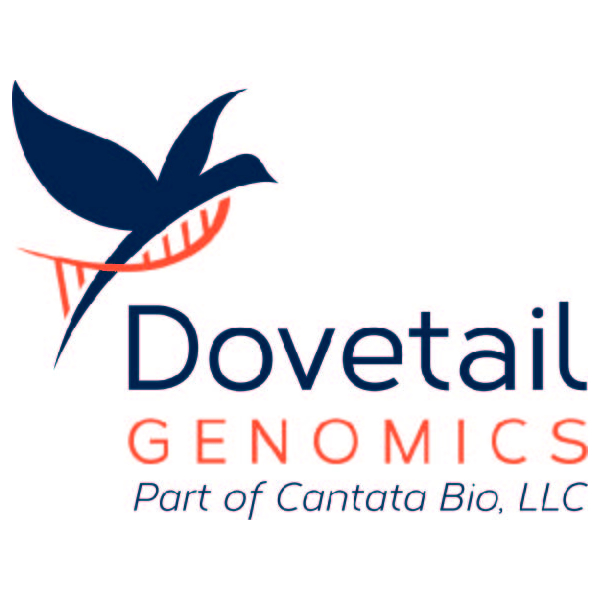LUng Cancer-related risk factors and their Impact Assessment
Lung cancer (LC), early detection can help reduce mortality by shifting the focus away from the late-stage, largely incurable profile of the disease to the early stage when more options are available to improve patients’ outcomes and quality of life. However, current methods, like Low-Dose Computed...
Coordinator: Israel Institute of Technology (Technion)
The Genomic Data Infrastructure (GDI) project is enabling access to genomic and related phenotypic and clinical data across Europe. It is doing this by establishing a federated, sustainable and secure infrastructure to access the data. It builds on the outputs of the Beyond 1 Million Genomes (B1MG...
Coordinator: Serena Scollen (ELIXIR Human Genomics and Translational Data team)
Europe’s drive to reverse biodiversity loss through genomics research
Despite ground-breaking developments in both DNA barcoding and full genome sequencing, there remains a critical need to develop and strengthen functioning communities of practice at multiple scales that translate into building capacity, boosting complementarity among activities in individual...
Coordinator: Dimitris Koureas (Naturalis Biodiversity Center, The Netherlands)
Cancer is increasingly prevalent in society and the efforts of the research community, doctors and administrations to find solutions to this disease are huge. However, it cannot be treated in a uniform way, as there are more than 200 types of cancer. In addition, the disease in each patient is...
Coordinator: Núria López-Bigas (IRB Barcelona, Spain)
Tissue Aware GWAS to study genetic cancer predisposition
A plethora of experimental and computational methods have flourished since the advent of Chromosome Conformation Capture (3C) in 2002, which allow now a wide-spread use of technologies to study genome organization in space and time (the so-called 4DNucleome).
The CNAG-CRG's Structural Genomics...
Coordinator: Marc A. Marti-Renom (CNAG-CRG)
Shortening the path to rare disease diagnosis by using newborn genetic screening and digital technologies
Screen4Care will use a multi-pronged strategy to shorten the time to diagnosis and treatment for patients with rare diseases:
- Genetic newborn screening: The project will drive newborn screening (using genetic testing and related advanced genomic technologies), which is anticipated to be an...
Coordinator: Alessandra Ferlini (University of Ferrara, Italy); Nicolas Garnier (Pfizer)


